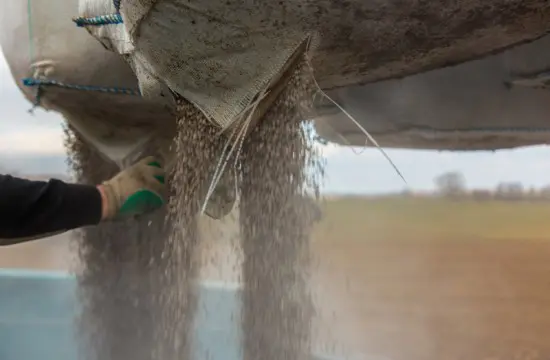Many starter fertilizers use high concentrations of ortho-phosphate, the plant-available form of P. While ortho-P is plant available, it is also a very active form. This means it can be readily fixed in the soil when it reacts with iron, aluminum, calcium and magnesium. Depending on conditions, an average of 75 percent of applied P can get tied up in the soil, making it unavailable to the plant during the season. That makes managing P challenging to growers because they can’t know if they are getting the applied P into this year’s crop.
In order to maximize the availability and efficiency of P fertilizer to the crop, farmers should use the 4Rs of nutrient management, applying the right rate, at the right time, in the right place with the right source. The 4Rs are critical, but phosphates (especially high-ortho-P starters) are so reactive and readily tied up in the soil, farmers may want to look at tools to protect applied P from being fixed in a form that can’t be taken up by the plant.


